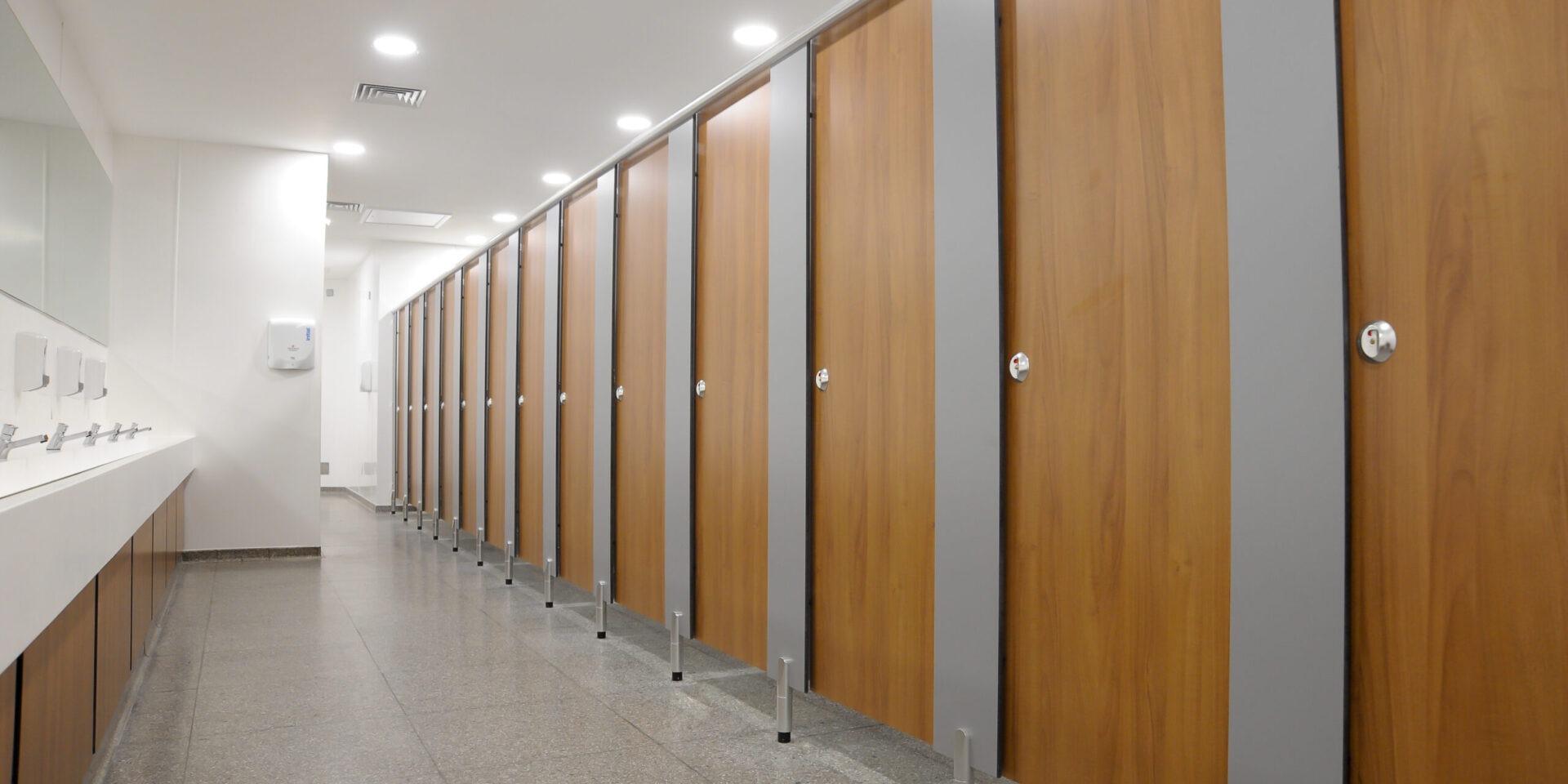

Articles
Why Dont Bathroom Stalls Go To The Floor
Modified: December 7, 2023
Discover why bathroom stalls don't reach the floor in this intriguing article. Uncover the reasons behind this design choice and its potential impact on privacy and hygiene.
(Many of the links in this article redirect to a specific reviewed product. Your purchase of these products through affiliate links helps to generate commission for Storables.com, at no extra cost. Learn more)
Introduction
One of the most peculiar aspects of public bathrooms is the gap between the stall doors and the floor. If you’ve ever used a public restroom, you may have wondered why these stalls don’t go all the way to the floor, offering complete privacy. It’s a seemingly simple question with a surprisingly complex answer.
Privacy concerns, maintenance and cleaning, cost and accessibility, airflow and odor control, aesthetics and design, and cultural norms and practices are all factors that contribute to the design decision of leaving a gap at the bottom of bathroom stalls.
Understanding the reasons behind this design choice can help shed light on the practical considerations and challenges faced by architects, designers, and facility managers when it comes to public restroom design.
In this article, we will delve into each of these factors to gain a comprehensive understanding of why bathroom stalls don’t go to the floor.
Key Takeaways:
- Bathroom stalls don’t go to the floor to balance privacy and safety, aid in maintenance, reduce costs, promote accessibility, improve airflow, and enhance aesthetics, creating a functional and visually appealing restroom environment.
- The gap at the bottom of bathroom stalls serves as a visual cue for stall occupancy, discourages illicit activities, aids in emergency visibility, facilitates cleaning, and reflects cultural norms, contributing to a pleasant and inclusive restroom experience.
Read more: Why Is The Grass Not Going In The Bag
Privacy Concerns
One of the primary reasons bathroom stalls don’t go to the floor is privacy concerns. While most people expect a certain level of privacy in public restrooms, completely enclosed stalls would create an environment where individuals could potentially engage in illicit activities without detection.
By leaving a gap at the bottom of the stalls, it allows bathroom users and even passersby to see if the stall is occupied. This visual cue helps maintain a level of security and discourages any illegal or inappropriate activities that may occur inside.
Furthermore, having a gap at the bottom of the stall doors also allows for easier visibility of any potential emergencies or health issues that may arise. If someone is in distress or requires assistance, it is easier for others to notice and offer help.
While privacy is important, it is essential to strike a balance between personal privacy and public safety in these shared spaces. The design decision to create a gap helps achieve this delicate balance.
Maintenance and Cleaning
Another significant factor in the design of bathroom stalls is the consideration of maintenance and cleaning. Public restrooms experience high levels of usage, making it essential to have a practical and efficient cleaning process.
By leaving a gap at the bottom of the stalls, it allows for easier cleaning of the floors. Custodial staff can easily access the base of the stalls, ensuring that no dirt, debris, or trash accumulates in hard-to-reach areas. Additionally, the gap aids in preventing moisture buildup, which can lead to mold and mildew growth.
Furthermore, the gap facilitates the use of floor-mounted bathroom fixtures such as toilets and urinals. Plumbing connections and maintenance become more manageable when there is unrestricted access to the plumbing system below the stalls.
From a maintenance perspective, having the stalls not go to the floor reduces the risk of costly repairs and potential downtime. It allows for quicker identification and resolution of any issues that may arise with the plumbing or stall infrastructure.
Overall, the inclusion of a gap at the bottom of the stalls provides practical benefits in terms of cleaning and maintenance, ensuring that the restroom remains hygienic and functional for all users.
Cost and Accessibility
Cost considerations play a significant role in the design of public restrooms, and the decision to leave a gap at the bottom of the stalls is no exception. Creating fully enclosed stalls that go all the way to the floor would require additional materials, such as longer doors and larger partitions, increasing the overall cost of construction and installation.
By opting for stalls with a gap at the bottom, it reduces the material and labor costs associated with constructing and installing these fixtures. It also allows for more efficient use of space within the restroom, accommodating a greater number of stalls while keeping the overall cost manageable.
In addition to cost, accessibility is another important factor. Building codes and accessibility guidelines require public restrooms to be designed in a way that allows for easy access and maneuverability for individuals with disabilities. Leaving a gap at the bottom of the stalls ensures that people with mobility aids, such as wheelchairs or walkers, can easily enter and exit the stalls without any obstructions.
Moreover, the gap provides space for service animals to enter and remain with their owners, further promoting inclusivity and accessibility. By considering both cost and accessibility in the design of bathroom stalls, restroom facilities can cater to a broader range of individuals and comply with accessibility regulations.
Ultimately, the choice to have a gap at the bottom of the stalls strikes a balance between cost-effectiveness and accessibility, ensuring that public restrooms remain functional and welcoming to all individuals.
Consider using a doorstop or draft blocker to place at the bottom of the bathroom stall door to increase privacy and reduce gaps.
Airflow and Odor Control
Airflow and odor control are crucial considerations in the design of public restrooms. By leaving a gap at the bottom of the stalls, it allows for better airflow and ventilation within the restroom facilities.
The gap helps to facilitate the movement of air, allowing for proper ventilation and the removal of unpleasant odors. It helps to prevent the buildup of stagnant air, which can lead to a musty and unpleasant environment. The circulation of fresh air helps to maintain a more pleasant experience for restroom users.
Additionally, the gap at the bottom of the stalls aids in odor control. By allowing air to flow freely, it helps to disperse odors more effectively. This can help mitigate any lingering smells and maintain a more hygienic atmosphere in the restroom.
Incorporating proper airflow and odor control measures is crucial for the overall user experience in public restrooms. The gap at the bottom of the stalls plays a significant role in achieving satisfactory airflow and odor control, ensuring a more comfortable and pleasant restroom environment.
Aesthetics and Design
Aesthetics and design are important factors when it comes to public restroom facilities. The appearance and overall ambiance of the restroom can greatly impact the user experience and perception of cleanliness.
Leaving a gap at the bottom of the stalls is often a deliberate design choice to create a more open and visually appealing environment. The gap helps to break up the visual bulk of the stalls, making them appear less massive and more visually light.
Moreover, the gap allows natural light to penetrate the restroom, reducing the need for artificial lighting during the day. This not only saves energy but also creates a more inviting and pleasant atmosphere for users.
From a design perspective, the gap can also be incorporated as part of a cohesive architectural theme. It can align with other design elements in the restroom, such as ventilation grilles or slatted partition walls, to create a consistent and cohesive aesthetic.
Furthermore, the aesthetic inclusion of the gap also considers the overall perception of cleanliness. Research has shown that gaps at the bottom of stalls can create the impression of a cleaner restroom as they make it easier for users to visually inspect the stall’s cleanliness before entering.
By integrating aesthetics and design principles into the decision to leave a gap at the bottom of bathroom stalls, restroom facilities can create a more visually appealing and inviting space for users.
Cultural Norms and Practices
Cultural norms and practices also play a significant role in the design of restroom facilities, including the decision to leave a gap at the bottom of bathroom stalls. Different cultures have varying expectations and traditions when it comes to privacy in public restrooms.
In some cultures, there might be a greater emphasis on privacy, and fully enclosed stalls may be the norm. In these cases, the stalls typically extend all the way to the floor, offering complete privacy to users.
Conversely, in other cultures, there might be a more relaxed attitude towards privacy in public restrooms. In these cases, the gap at the bottom of the stalls is deemed acceptable and aligns with cultural practices and expectations.
It is important to consider the cultural context when designing public restroom facilities. Design choices should be made in a way that respects and reflects the norms and practices of the specific cultural environment in which the restroom is located.
In addition, cultural norms can also influence the level of interaction and socialization within restroom spaces. Leaving a gap at the bottom of the stalls can foster a sense of community and openness, allowing for casual interactions and conversations between users.
By taking cultural norms and practices into account, restroom facilities can create a design that aligns with the expectations and traditions of the users, promoting a positive and culturally appropriate restroom experience.
Conclusion
After exploring the various factors involved in the design of bathroom stalls, it becomes clear why they often don’t go all the way to the floor. Privacy concerns, maintenance and cleaning considerations, cost and accessibility, airflow and odor control, aesthetics and design, and cultural norms and practices all play a role in shaping the design decision to leave a gap at the bottom of the stalls.
The gap at the bottom of bathroom stalls strikes a delicate balance between privacy and public safety. It allows for visual cues to determine stall occupancy, discouraging illicit activities, and ensuring the security of restroom users. It also aids in emergency visibility and facilitates easier cleaning and maintenance, enhancing hygiene and minimizing downtime.
The cost-effective nature of stalls with a gap at the bottom makes public restrooms more affordable to build and maintain, while also promoting accessibility for individuals with disabilities. Moreover, the inclusion of a gap improves airflow, ventilation, and odor control, creating a more pleasant restroom experience for users.
From an aesthetic standpoint, the design choice of the gap contributes to a visually appealing and open restroom environment. It aligns with architectural themes, allows natural light to penetrate the space, and provides users with a sense of cleanliness through visual inspection.
Finally, cultural norms and practices influence restroom design decisions, as different cultures have varying expectations regarding privacy and social interactions within public restrooms. The design should respect and reflect the cultural context in which the restroom is located.
In conclusion, the decision to have bathroom stalls with a gap at the bottom is a result of a careful consideration of various factors. These design choices aim to create functional, visually pleasing, and culturally appropriate restroom facilities that prioritize privacy, cleanliness, accessibility, and user experience.
Frequently Asked Questions about Why Dont Bathroom Stalls Go To The Floor
Was this page helpful?
At Storables.com, we guarantee accurate and reliable information. Our content, validated by Expert Board Contributors, is crafted following stringent Editorial Policies. We're committed to providing you with well-researched, expert-backed insights for all your informational needs.


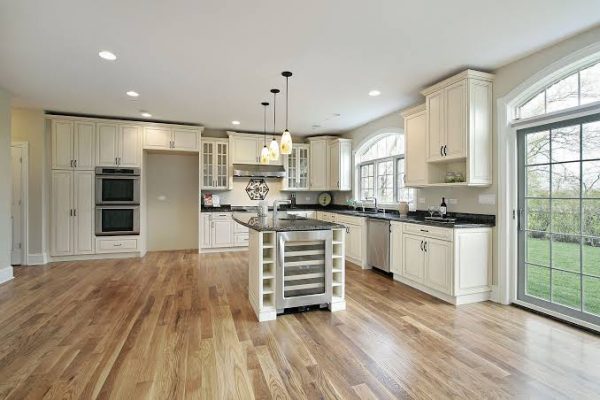
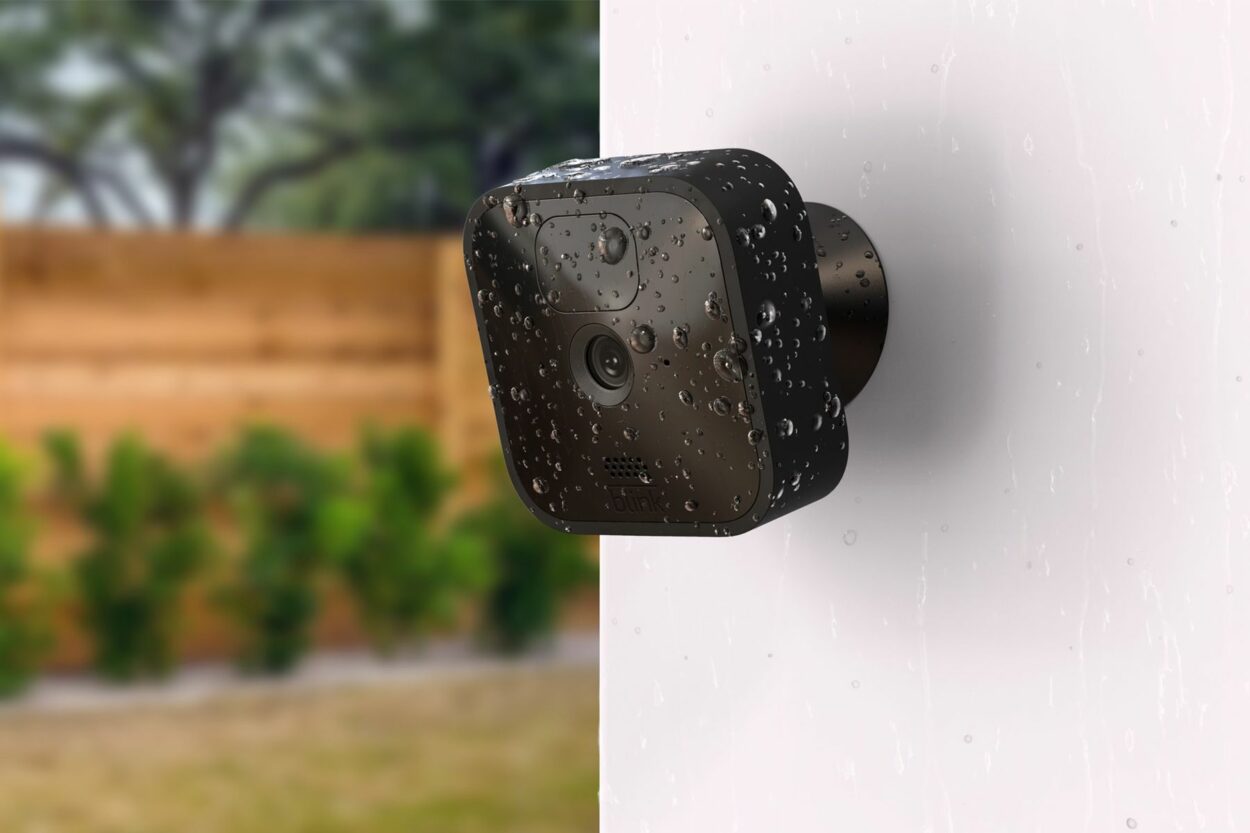
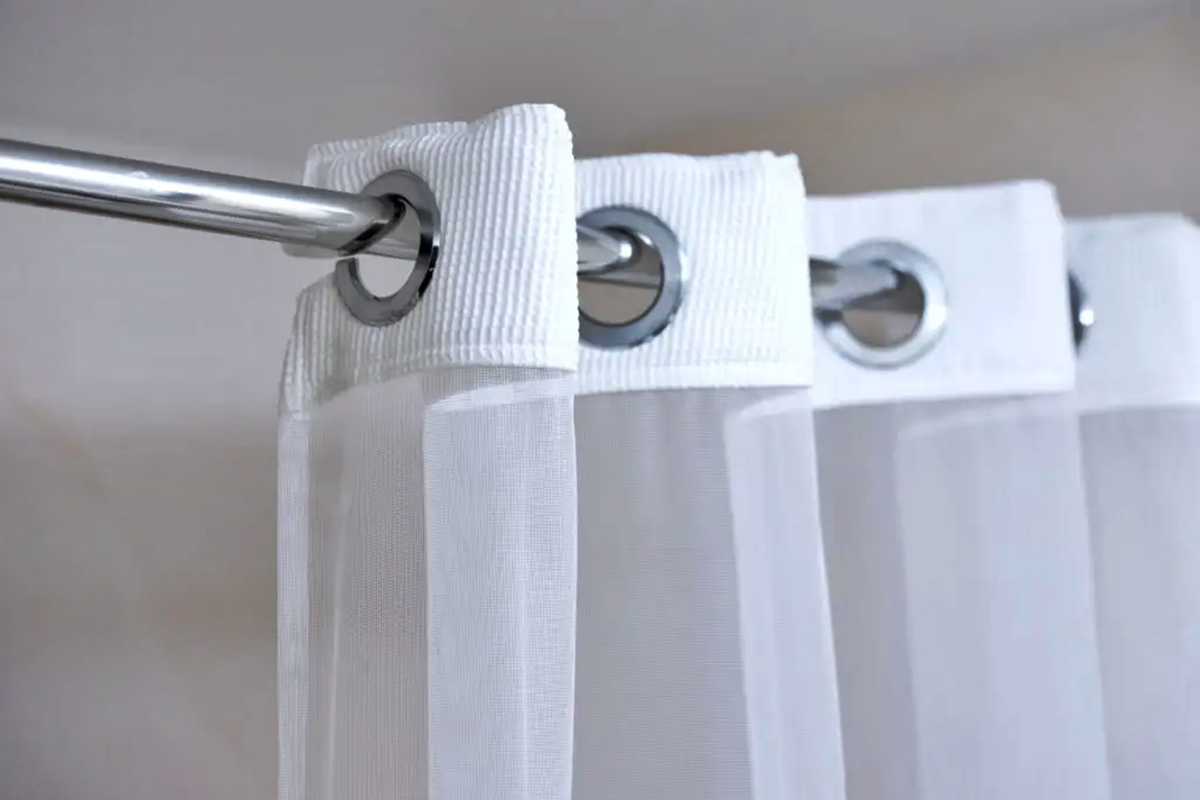
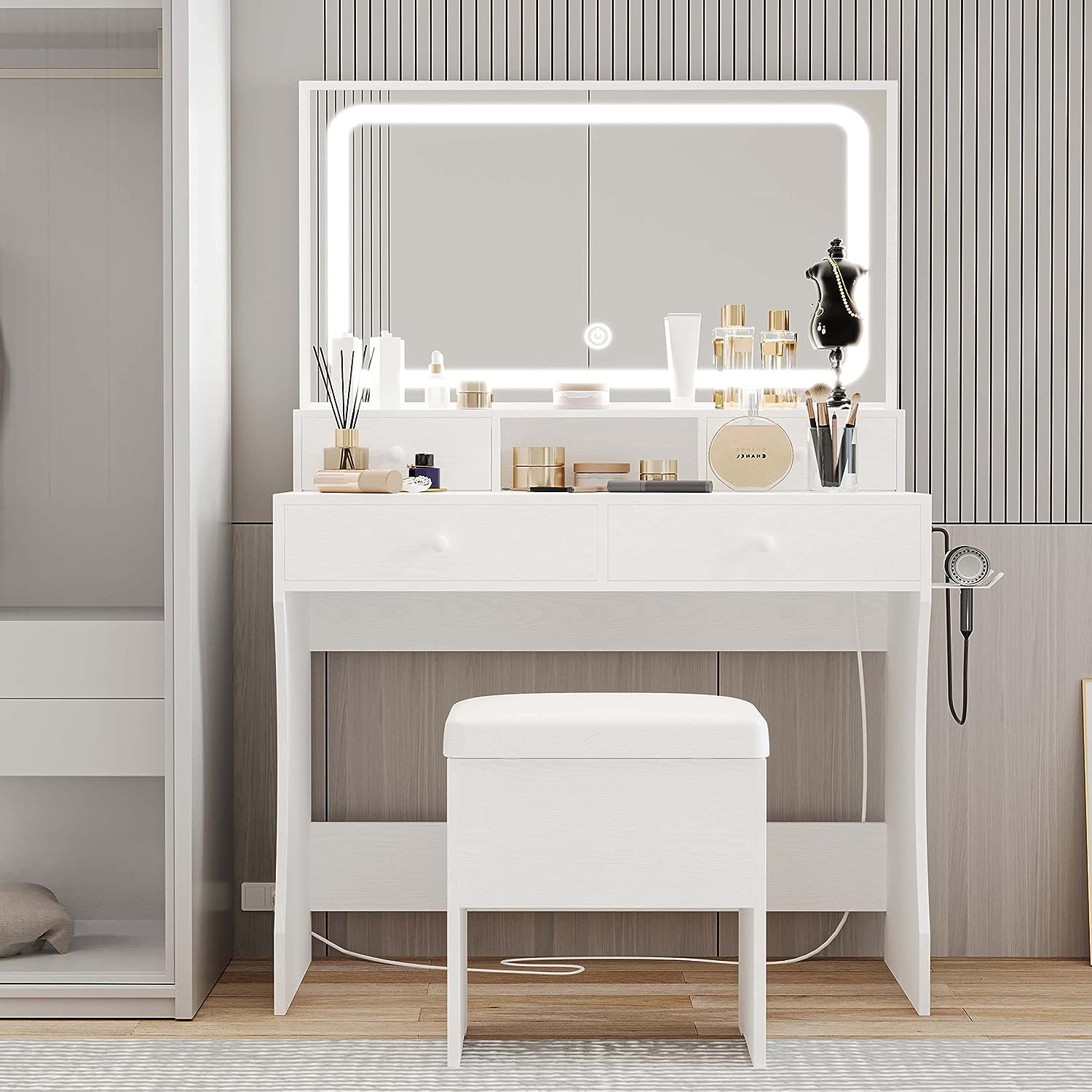
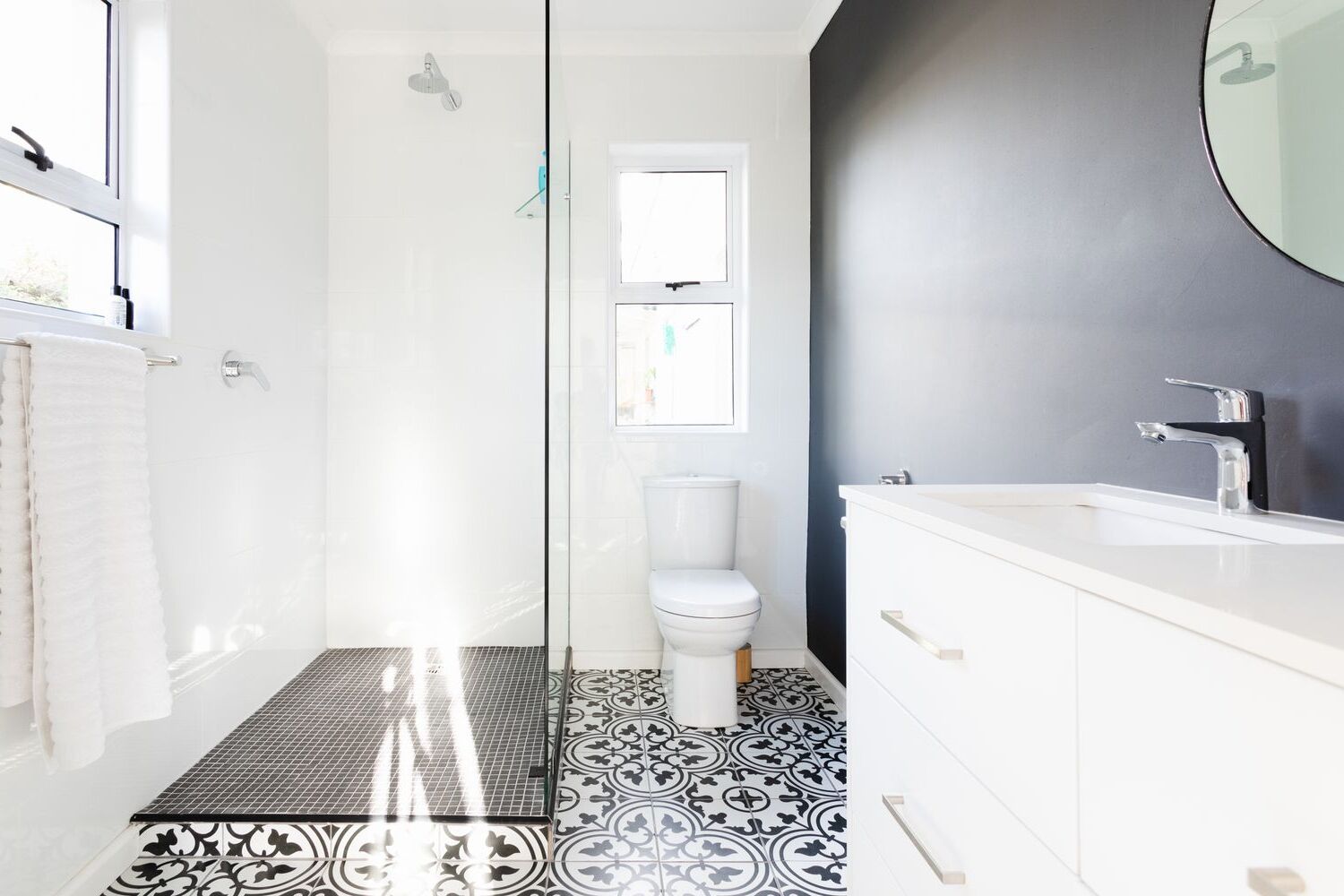


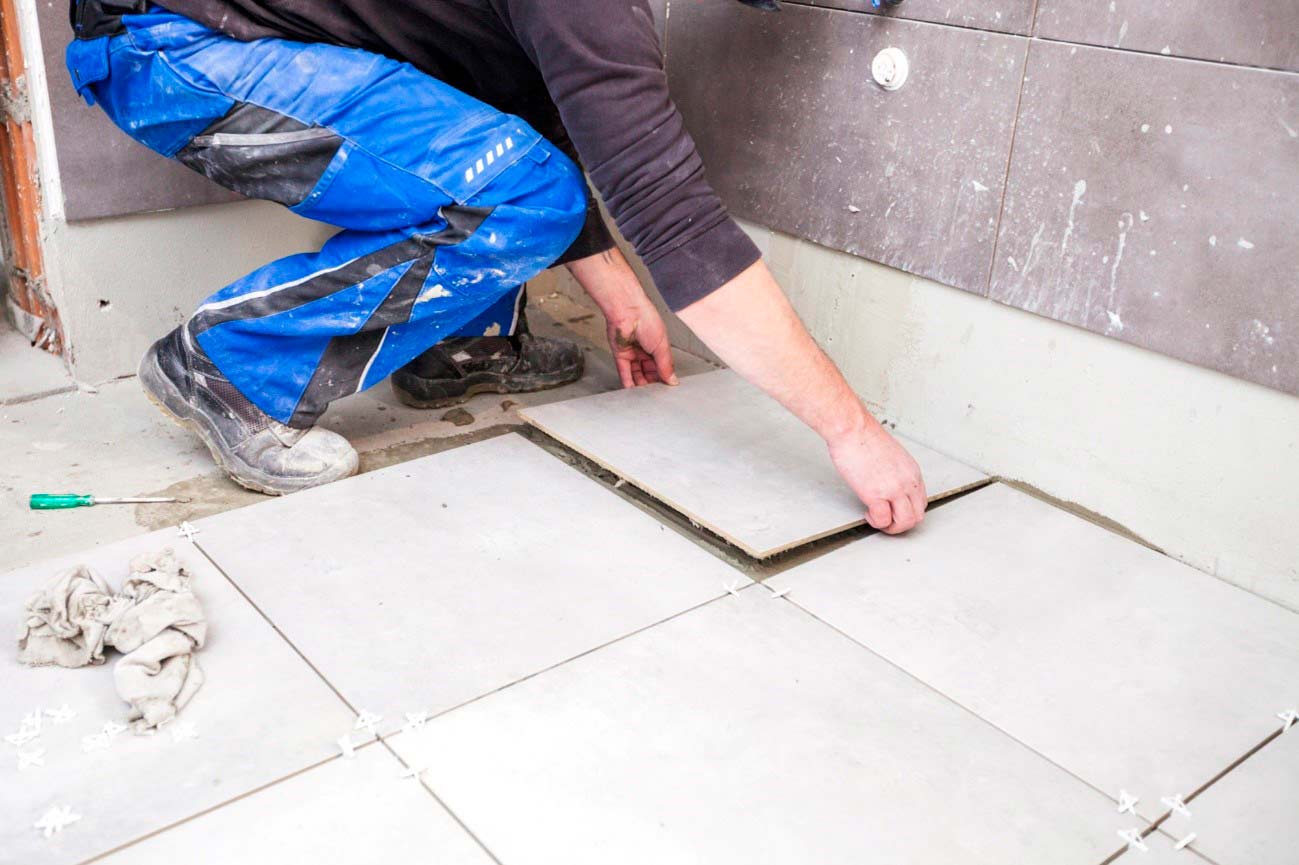

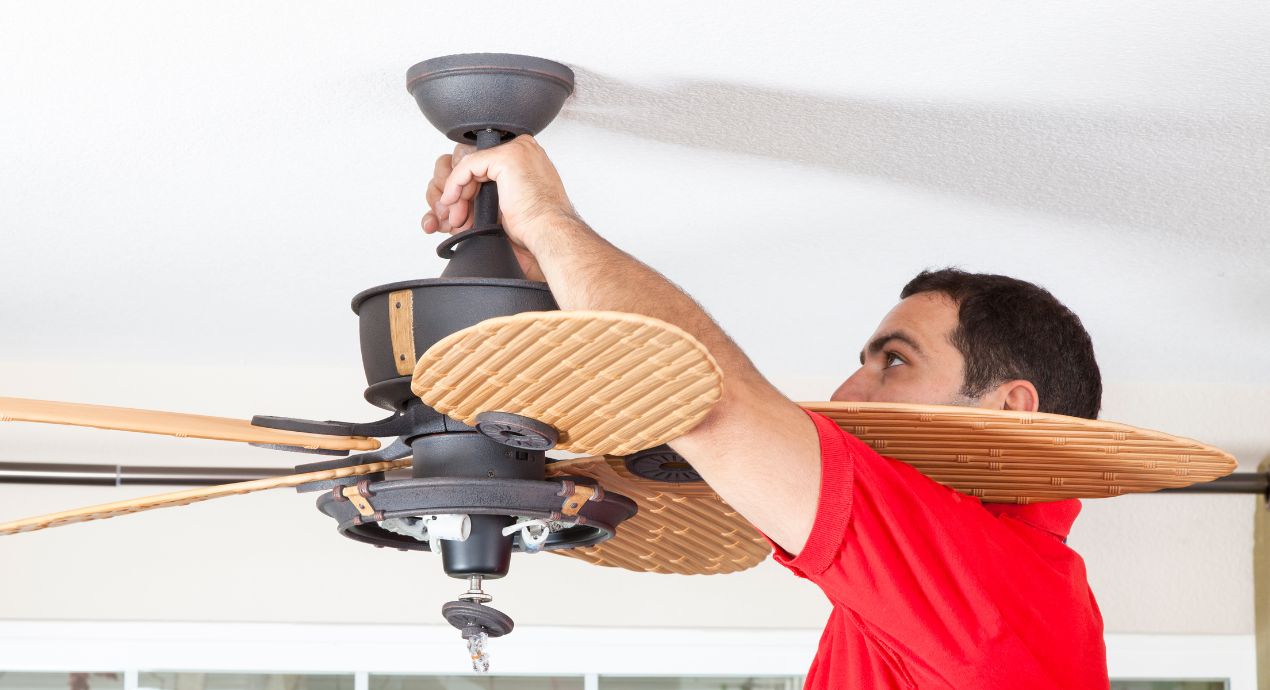
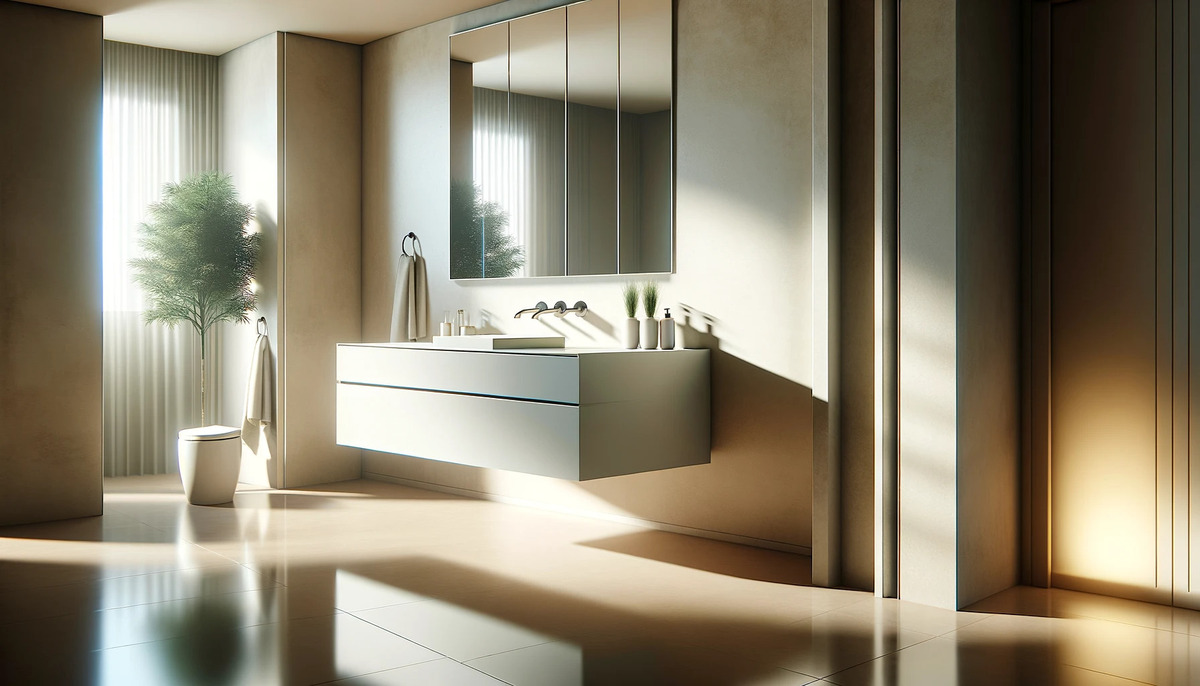


0 thoughts on “Why Dont Bathroom Stalls Go To The Floor”